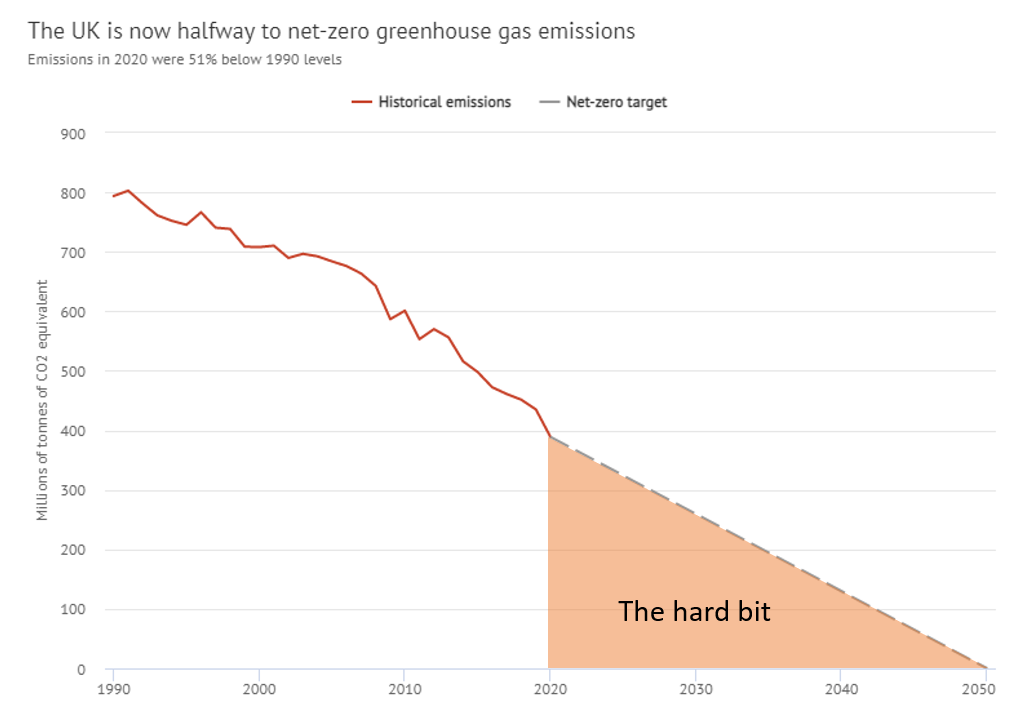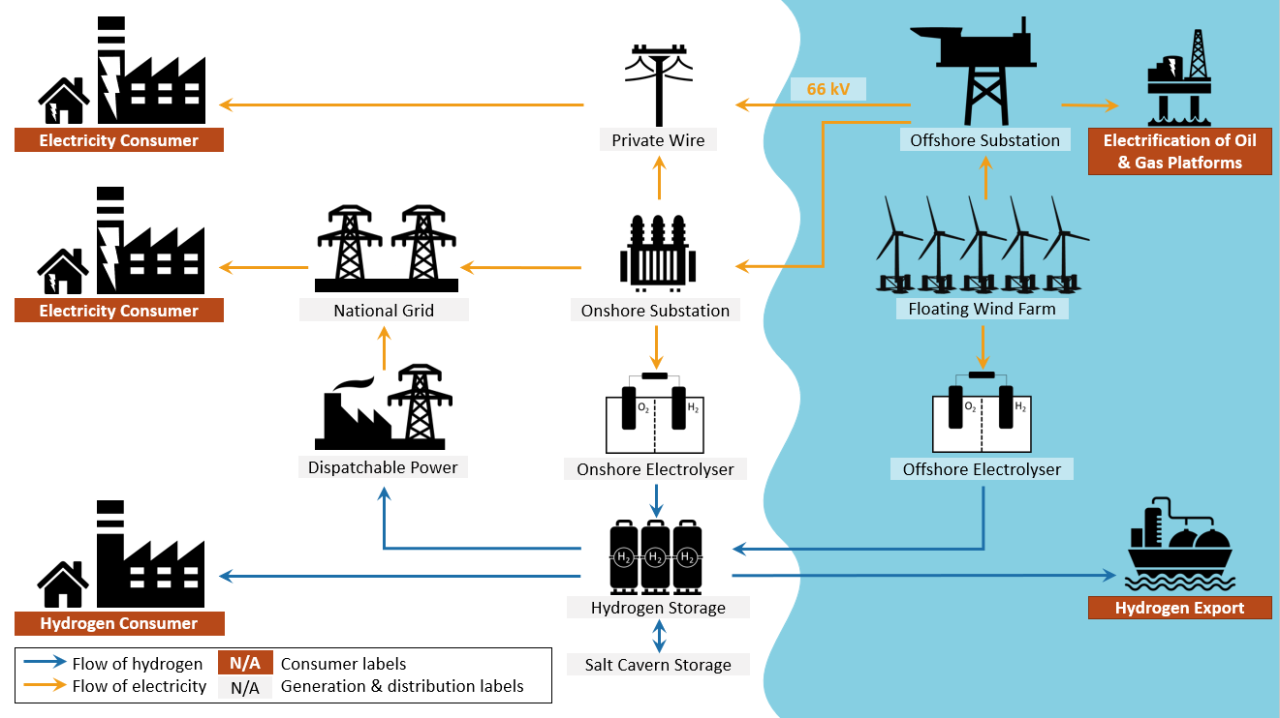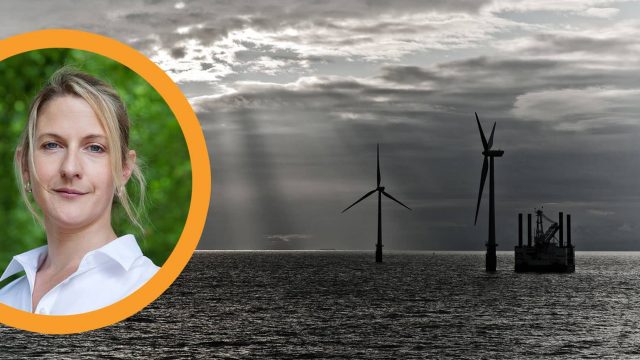Beyond the Grid: How can floating wind support deep decarbonisation?
Published in April 2021
We are fortunate to have David Thomason in our team and are looking forward to seeing the outcome of this project where he is going to work on assessing the various ways floating wind energy can be used without relying on the national grid. Read the his blog explaining it all.
The first year of my MSc has been really interesting so far, despite doing it all from the comfort of my own home! For my project, I am going to work on assessing the various ways floating wind energy can be used without relying on the national grid. There is a lot of talk about the hydrogen economy at the moment, but green hydrogen is just one of the many ways that we can use renewables to reach net-zero.
As a chemical engineering graduate working in offshore wind, I thought that offshore hydrogen production using floating wind energy would be a really interesting topic for my MSc project. However, once I began dipping my toes into the topic, I discovered the many options for alternative offtakes, which allow energy to be supplied by renewables without relying on the national grid. This is an area of growing interest and, from my reading so far, could offer some interesting decarbonisation solutions.
The UK has made significant progress in decarbonising the electrical grid through the deployment of renewables and the substitution of coal fired power plants with lower carbon power from natural gas. That was the easy part; now, the challenge of deep decarbonisation must be addressed in order to reach net zero by 2050. This involves decarbonising the trickier sectors, such as industrial and domestic heat.
In an ideal world, decarbonisation alone would push developers to investigate innovative solutions and alternative offtakes. In reality, developers are unlikely to take the risk of developing a novel offtake for deep decarbonisation without a commercial incentive. Thankfully, there are some significant forces which could push developers in this direction.
1. The UK grid is becoming more constrained as our renewable penetration grows. Alternative offtakes could allow developers to avoid the downsides of connecting to the grid (e.g. long waits, uncertainty, high TNUoS) and minimise the risk of cannibalisation during peak wind production periods causing low or negative pricing.
2. Demand for renewable corporate PPAs could soon outstrip supply. Large industrial players are publishing decarbonisation plans and targets, however it is not always easy to find the necessary scale of power production from renewables to meet the demand of industrial electrification. Offshore wind provides the opportunity for large scale renewables to support industrial decarbonisation.
3. Floating offshore wind is less constrained by bathymetry and seabed conditions than fixed wind. This could allow it to be co-located with demand, supplying energy directly without needing to connect to the national grid. Equinor are currently using this setup for Hywind Tampen to electrify Norwegian oil platforms in the North Sea.
Although there is currently a lot of talk about the potential for green hydrogen as an alternative offtake which can address hard-to-abate sectors, there is a much broader variety of potential offtakes to consider (see diagram below). My project aims to assess the plethora of innovative routes to market and assess their potential applications in floating offshore wind. It is important to compare the wide array of alternative offtakes to find the most cost-effective and commercially viable routes to decarbonisation.








